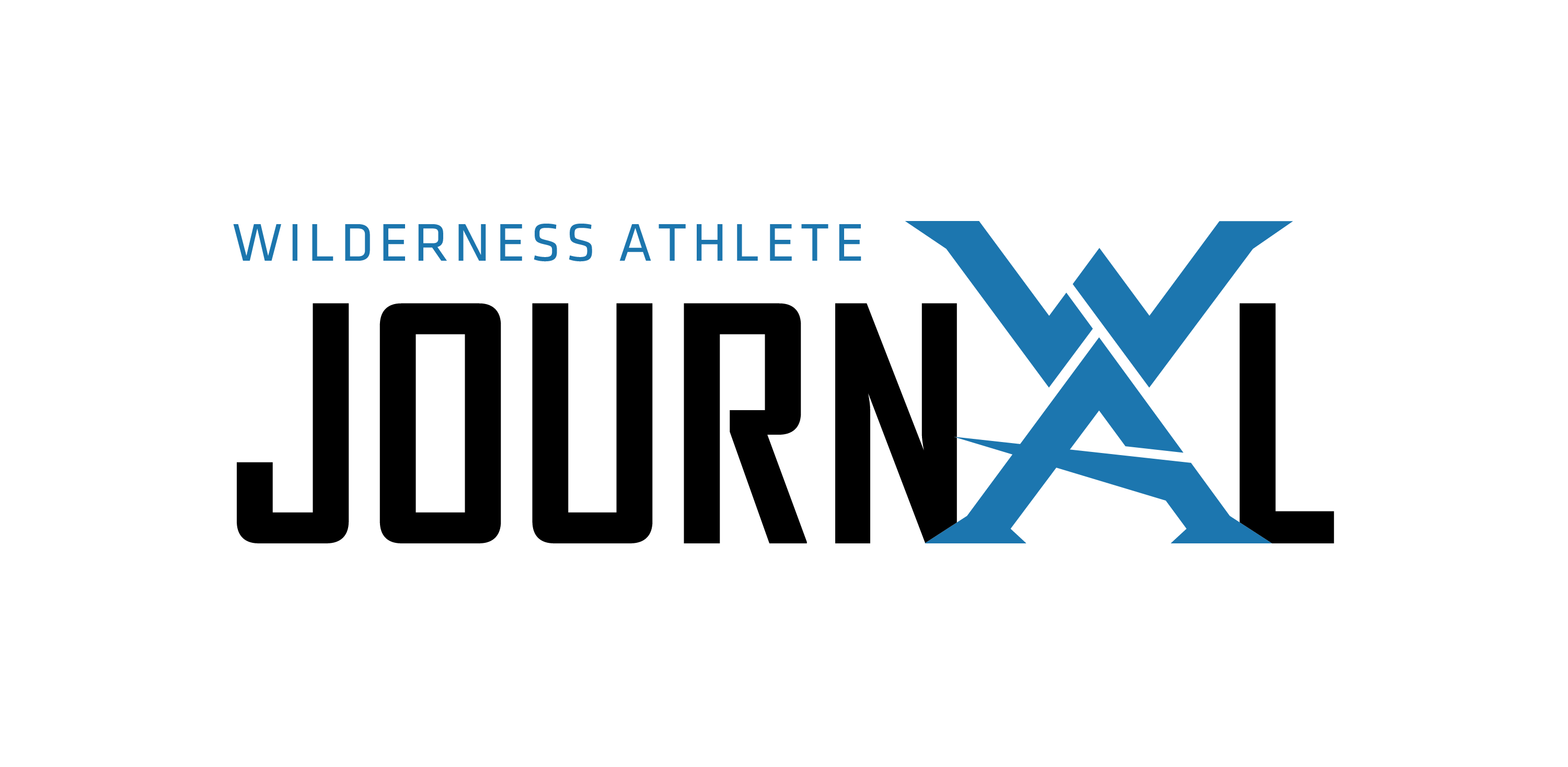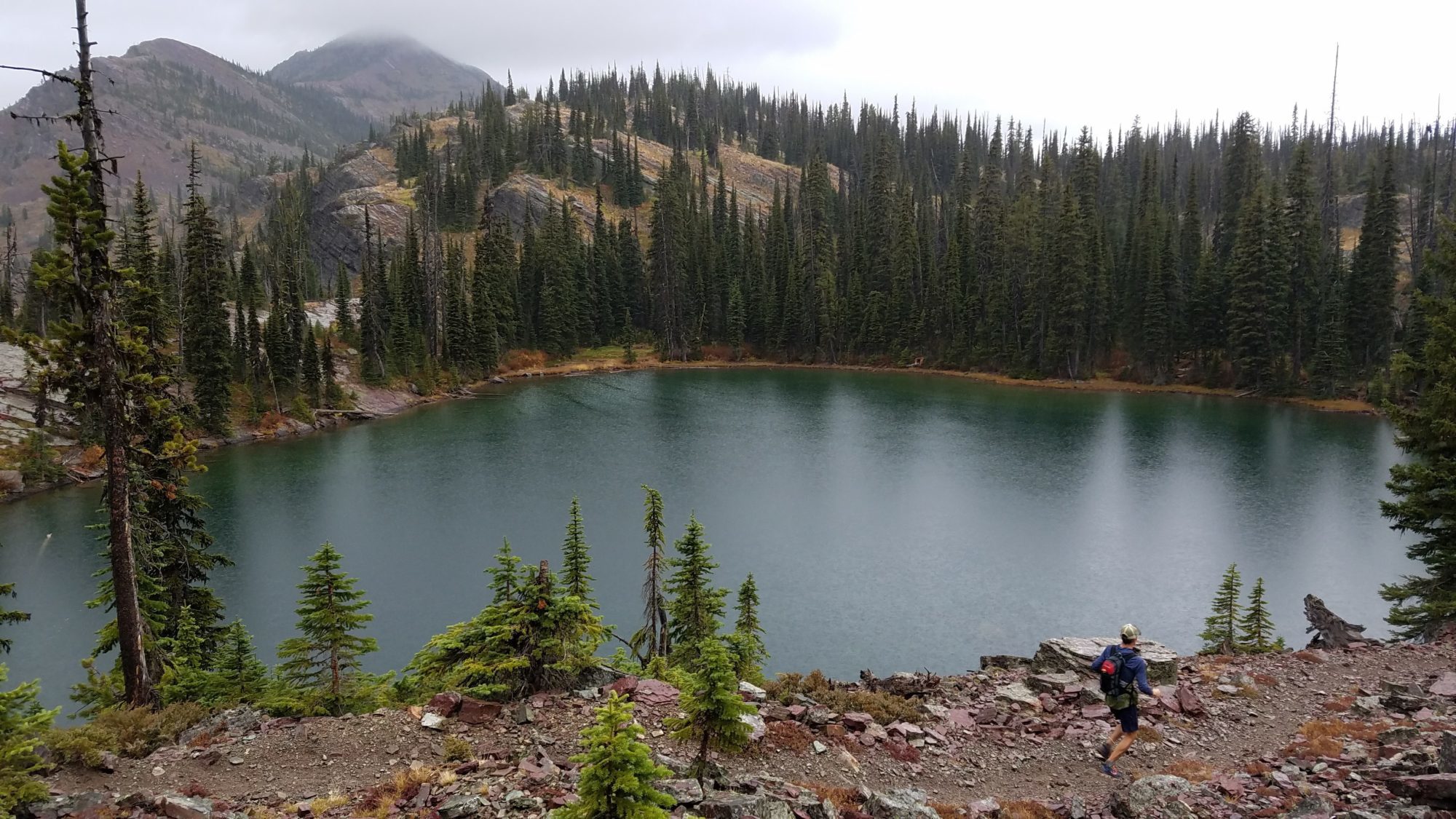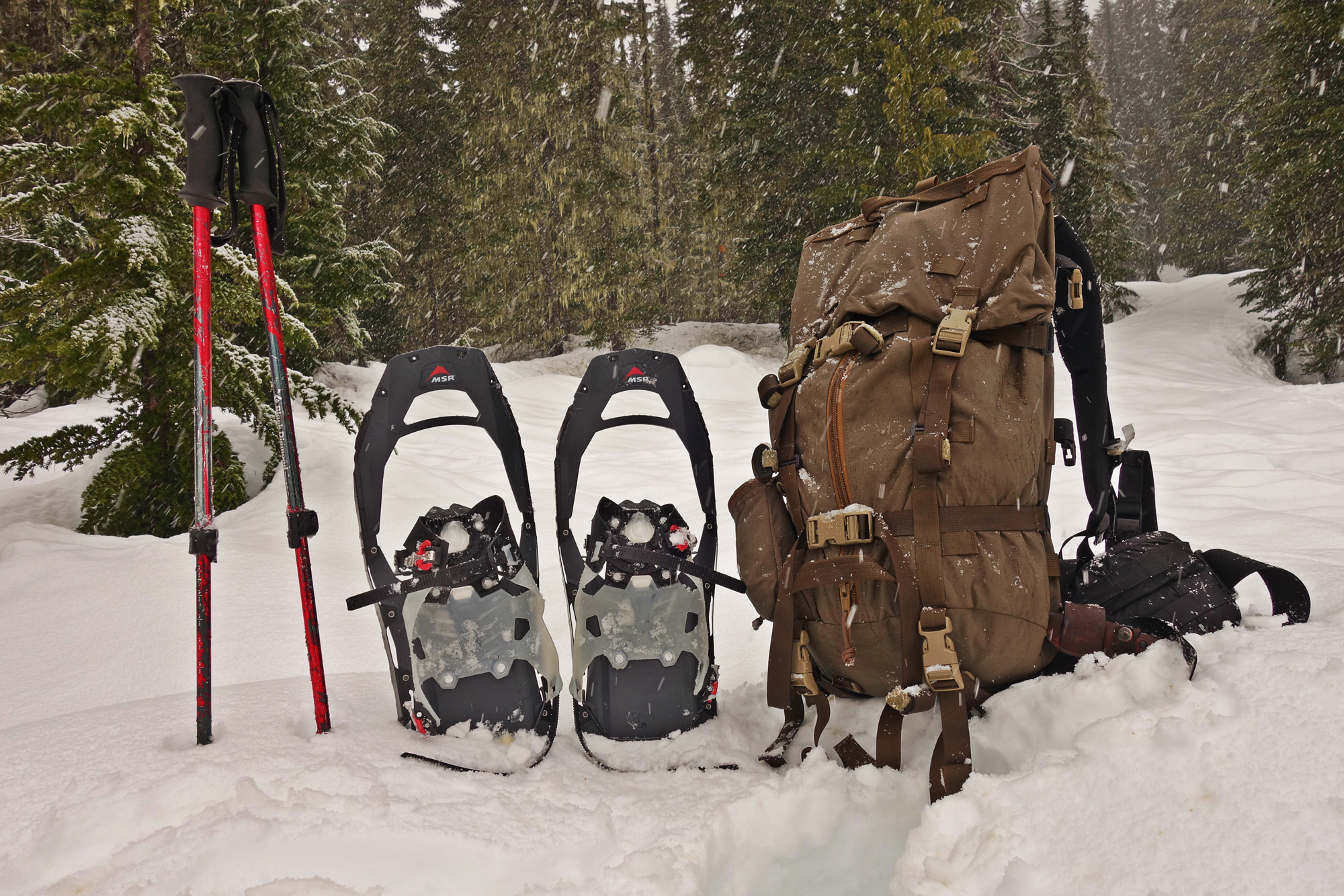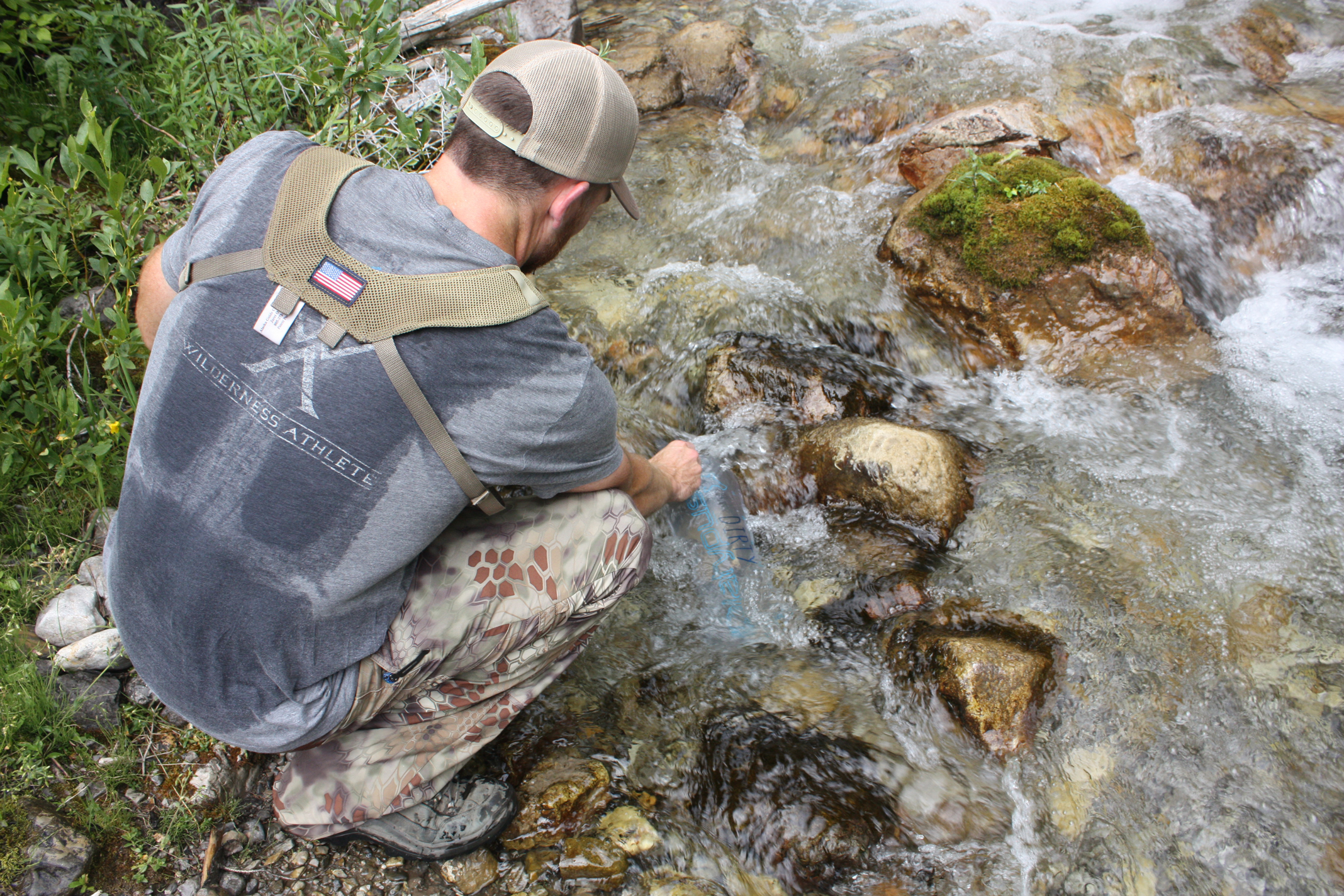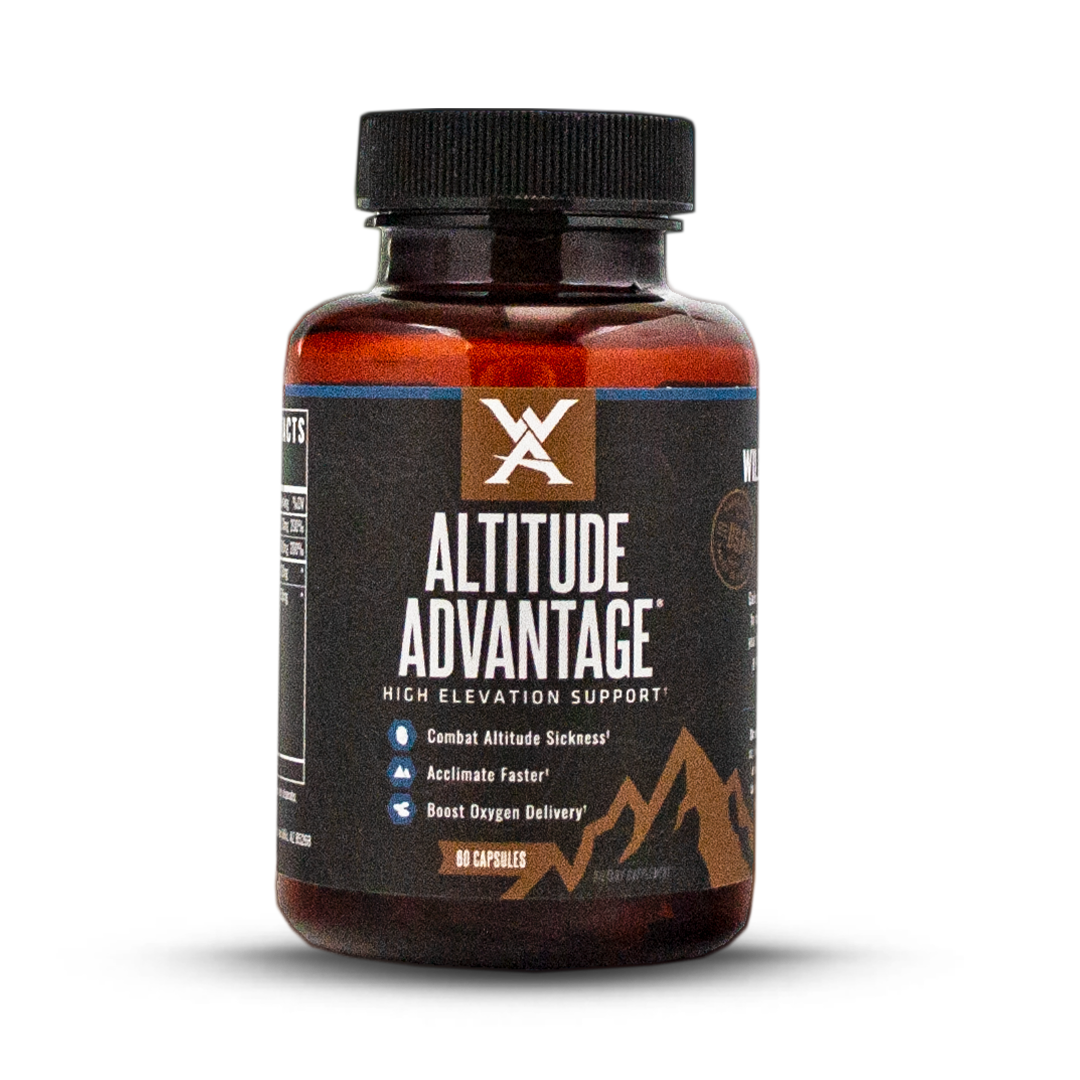My name is Kirstie Ennis. I have not been on this earth long, but I have been through more than most would in a lifetime. I served six years in the United States Marine Corps as a helicopter door gunner and airframes mechanic. On my last deployment to Afghanistan, I was involved in a helicopter crash. June 23, 2012 was the defining moment in my life. I suffered a traumatic brain injury, severe facial trauma, a left leg above the knee amputation, damage to my cervical spine, and damage to my upper arms.
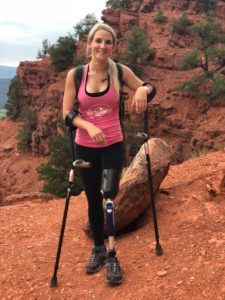
I had joined the Marine Corps to serve people, then at a mere 23 years old I was looking to repurpose myself. Now, at 27 years old, I am still serving people, just in a different capacity. I have sought out to be the first combat veteran amputee to complete the Seven Summits (the highest point on each of the seven continents) as well as the North and South Pole. Behind each mountain, I have dedicated a nonprofit that has either helped family, friends, or myself or is a non-profit that has a mission I can genuinely stand behind.
Currently, I have completed Kilimanjaro (19,341 ft), the highest point in Africa and Carstensz (16,024 ft), the highest point in Indonesia also known as the most technical and volatile of the Seven Summits.
May 30, 2014, was one of the hardest days of my life, the day I was forced into medical retirement. Fast forward now to May 30, 2018 – I am sitting in base camp of the highest point in North America, Denali (20,310 ft) with my rope team of three other badass women. This mountain, oh, she’s a beast. I used to think Carstensz was the mountain that terrified me, but Denali is the one. She is known to be temperamental and to not play well with climbers.

I have studied the route and prepared for the last two years, but it is easy to wonder if I have prepared enough, or better yet, in the right ways. We have fabricated custom prosthetics and have dialed emergency systems should something go wrong. We have planned for the worst, but are hoping for the best. I am ready to go, however our guides have decided to stay tonight and rest through the next day to get us on a night schedule so the ground is truly frozen to best avoid any crevasse falls.
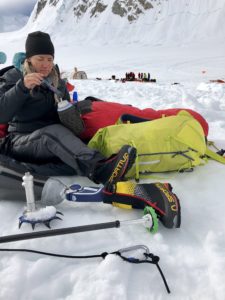
My team threw me out front initially thinking that on one leg, I would master the long slog slow pace with no problem. That was absolutely not the case. I was chomping at the bit and they opened the gate. They threw on my sled in hopes to slow me down, but we ended up at the 7,800 ft camp at the base of ski hill in a fast 5 hours. Before we knew it, we were up to 9,800 ft camp the next day. Then 11,000 ft camp the next, followed by 14,000 ft camp the next. We had done something right; the weather Gods were smiling down on us.
We made it to 14,000 ft camp in record time really. We had initially planned to have intermediate camps along the way to ultimately cater to my prosthetic and limb needs, but we didn’t need them. The plan now was to spend four days at 14,000 to acclimatize and for good reason because the team was definitely feeling the change in elevation.
Then Denali showed her true colors – all on the white and grey scale. The weather rolled in and wreaked havoc on us. Heavy snow and high winds…for 17 days. Sure, there was a small break from time to time, enough to run out and grab a few minutes of sunshine – but it never lasted long. Some days it was 2 hours of sleeping, then 90 minutes of digging snow, then back to sleep in order to do it all over again. We were pinned, there was no moving up. The 14,000 ft camp started to look like a ghost town. At one time it seemed as though there were 100 tents, and now there were 6.
We watched as an Argentinian team tried to move up to the ridge at 16,000 ft only to come back down. Then a Japanese team, followed by a couple others only to no avail and many scoured with frostbite. We started to run out of food and supplies. As teams turned around, we scavenged to make ends meet.
June 23, 2012, has always been a somber day for me. It’s the turning point in my life – where everything I knew had been flipped upside down. Many know it as an “alive day”. We were running out of time…fast, so on June 22, we decided to push up to the fixed lines and camp on the 16,000 ft ridge. I cried. Where did this deep snow come from!? Some of the only terrain that is truly difficult for me is deep snow as it diminishes my control over my already uncontrollable left side. How disabled do I have to make myself feel before I turn around? How much easier would this be had I had two legs? Hell, what if I just had two knees?
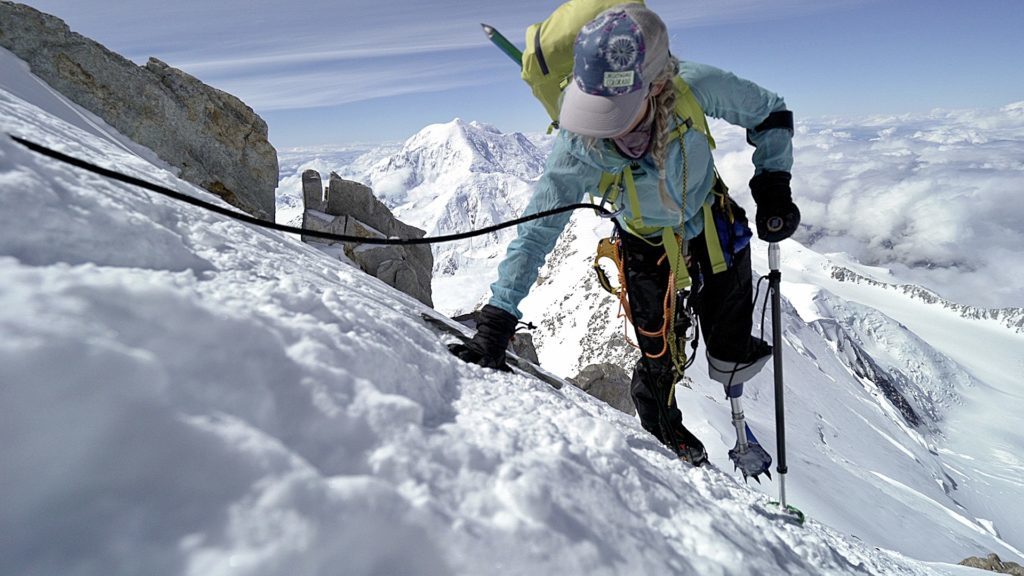
We pushed. I grumbled. We made it to the fixed lines – about 100 yards of fixed protection up to the ridge. I ditched my sticks (my forearm crutches AKA my “front hooves”). I was most efficient using the ascender and we cruised up, my arms were on fire and my groin was bleeding from the prosthetic. But, we made it. We started working on the 16,000 ft camp and it was one of the most scenic and beautiful parts of the entire expedition.
The following day was June 23, 2018. Really, I woke up annoyed more than anything, beating myself up mentally and emotionally for a variety of reasons. We moved. This was by far the most technical section of the expedition and even though it took a vast majority of my energy to maneuver the steepness, scrambling, ascending fixed lines, and more…I was happy. I was happy on my alive day. One of the greatest gifts Denali could have ever given me was taking June 23 and instead of associating it with bad memories, they’re now replaced with amazing memories. The sun poured down on us, the wind was non-existent, and the views were unlike anything I had ever seen.
We made it to high camp at 17,000 feet. Vomit and blood stained the snow there. People have clearly struggled here. Most teams rest for a day, but we simply don’t have time. It’s now or never. We will sleep tonight and move early tomorrow morning.
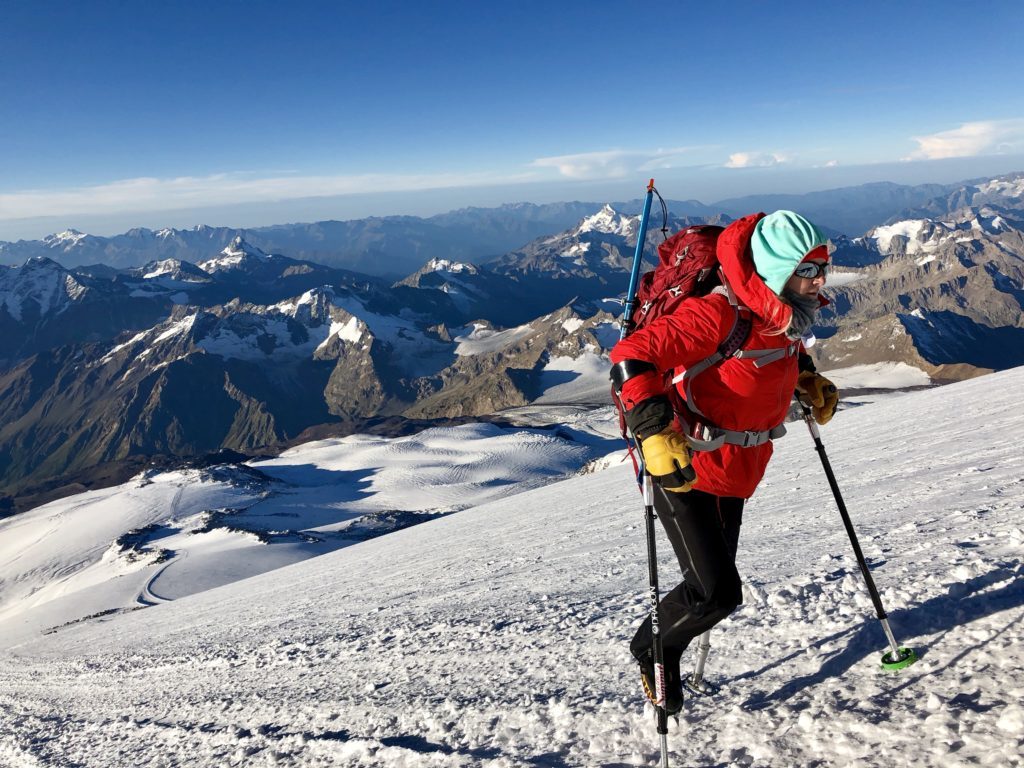
Today is the day we ascend the “Autobahn,” the most fatal area of Denali. It has towered over me and daunted me. I have known this is where I will struggle the most. About an hour in and I am now using ice axes to pull myself up with my SideStix strapped to my back. I am chewing my way up this insanely steep traverse at this point, but there is nothing that would stop me. I am hungry, better yet I am starving to make a summit. My blood, sweat, and tears were left on the Autobahn.
We reached Denali Pass at 18,200 feet. One of the four women on my rope team needed to go down and go down soon. She was struggling with AMS – and she was one of the guides. As we came up with a plan, the weather moved in quickly. The sky was now heavy and dark grey, and the winds screamed at 50 miles per hour. It started to snow and exposed skin started to sting with the lows creeping into -25 degrees.
We were spinning. 18,200 ft would be our “summit.” My head fell into my hands and I cried. I just kept saying sorry to the expedition sponsors. The hardest thing to do is turn around especially when it is not a situation you can control. I was devastated. Two years of training and preparation for this … and nearly thirty days of waiting on this mountain for my shot and now I was to go down.
The descent was far worse than the ascent. There is no real technique for me; it is more like pure forward momentum. Kirsten Kremer, another one of the guides and all things crusher in the outdoors was about six feet behind me on the rope, while the other two were far behind. She was ultimately my safety – and my right hand. I slipped, I tumbled, and she braced. My ice axe became an extension of me and I perfected the butt scoot to get back to high camp.
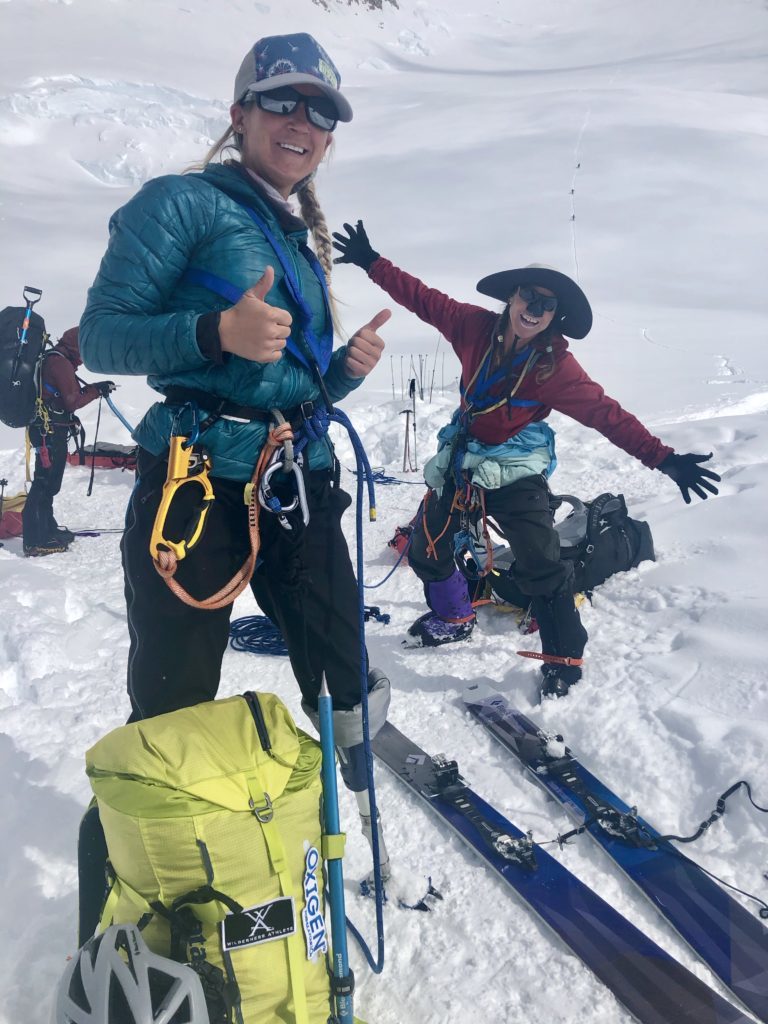
Thirty minutes outside of camp, my leg would absolutely not stay on. It was coming off – all of it, the socket and the liner. I would now expose the most sensitive part of me to the harshest of elements. And then, it wouldn’t go back on. My skin turned white and starting to burn, then go numb. Kirsten for the first time looked scared, and I felt panic. Eventually, we got it back on and stumbled our way to our tents in a whiteout.
I couldn’t tell you how long I cried, honestly. It came in waves as I processed what just happened. The following day, we pushed back down to 14,000 feet. This is where I found Jesus all over again. The wind beat us up, the fresh and blown in snow-covered our already hidden boot pack. The snow greatly decreased my visibility and it was my time to lead us out. I felt the weight of the world on my shoulders, if I fell on this knife ridge, it could be the end for my entire team.
However, we went full send and crushed it as fast as possible the whole way down. Admittedly, just above camp at 14,000 feet, I definitely took a few somersaults downhill. At least it provided us some entertainment since it was the soft snow. We rested. Strangely, I was thankful to be at 14,000 feet again, but I damn sure didn’t want to stay longer than a night. Now we had to make it from 14,000 feet all the way back down to 7,200 feet where base camp and our flight out was.
Misery. Misery at its finest was what the last stretch was. Purely exhausted, skin like leather from the wind and sun, bloody and in severe pain in my residual limb from exertion, we rolled into base camp after 24 hours of moving with only short breaks for a nap, water, and a snack.
I could not have made it as far as I did without the help of Wilderness Athlete. This has been a long road of training as well as a long time on the mountain. For years, Wilderness Athlete has fueled me throughout the training process and through other expeditions like Kilimanjaro, Iliniza Norte (Ecuador), Cotopaxi (Ecuador), and Carstensz. Not only do the products rehydrate me, but they give me the extra energy and stamina to continue putting one foot in front of the other. Whether I am at home or in the mountains, Wilderness Athlete is always with me.
While the obvious benefits of using Wilderness Athlete are key, there is also another major component. WA has been my biggest supporter – not just as a company, but as a family I am proud to grow with and represent. I have high hopes and big dreams and am honored to be pursuing them with the Wilderness Athlete team.
I left a piece on my heart on Denali, but I will be back for it in 2020. For now, my sights are set on Mt. Elbrus (18,510 ft, Russia), the highest point in Europe on September 3, 2018 (Kirstie successfully summitted Mt. Elbrus on September 9th, 2018).
What’s In Kirstie’s Pack?

Metabolism increases at altitude because everything is working harder, with that being said altitude sucks your energy. It is important to hydrate often but also to fuel our bodies caloric and macronutrient needs.
It becomes difficult to eat because simply nothing sounds good and the effort of preparing something isn’t worth it. Not the case here. The taste of these bars kept me eating and the simplicity of their packaging kept them close to me in the top of my pack.
The protein and carbs found in this bar are a must for energy on the mountain.

The packets come in so clutch! As we carry weight for weeks on end, we are constantly looking to strip goods and lighten the load – you won’t notice the packets and the size of them is convenient for a small pouch or even a pocket for quick access on short breaks.
The magic is in the powder. At altitude it is easy to become dehydrated quickly as your body works so hard, but it is also easy to not want to drink for a variety of reasons (namely, having to take your harness off while on a rope team to pee or because icy water doesn’t sound like a good idea in the cold).
The flavor and benefits are enough to keep you opening your Nalgene bottle even when you don’t want to be.

Waking up at such high altitudes, it is easy to start in a haze. The mental clarity that comes from drinking this product is my favorite. I have to be on my “A” game in order to make appropriate calls in extreme conditions, and in some cases, emergencies.
Throughout the day, especially the ones where morale and motivation were low, I would sip on this for an extra boost.

Altitude is nothing to take lightly. It is suggested usually to only increase 1,000 feet of elevation per day. However, in mountaineering and often times mountain hunting, that is simply just not possible – we have to MOVE!
I start taking Altitude Advantage five days before any expedition and definitely notice a difference on the ascent. Throughout my expeditions, I have always been the one to bring emergency meds like Diamox (diuretic), however am never the one to use them.
Altitude Advantage is something that is always in my pack.
From 7,200 feet to 18,200 feet on Denali, I did not suffer from headaches, nausea, shortness of breath (with the exception of exertion), or extreme fatigue from altitude.
